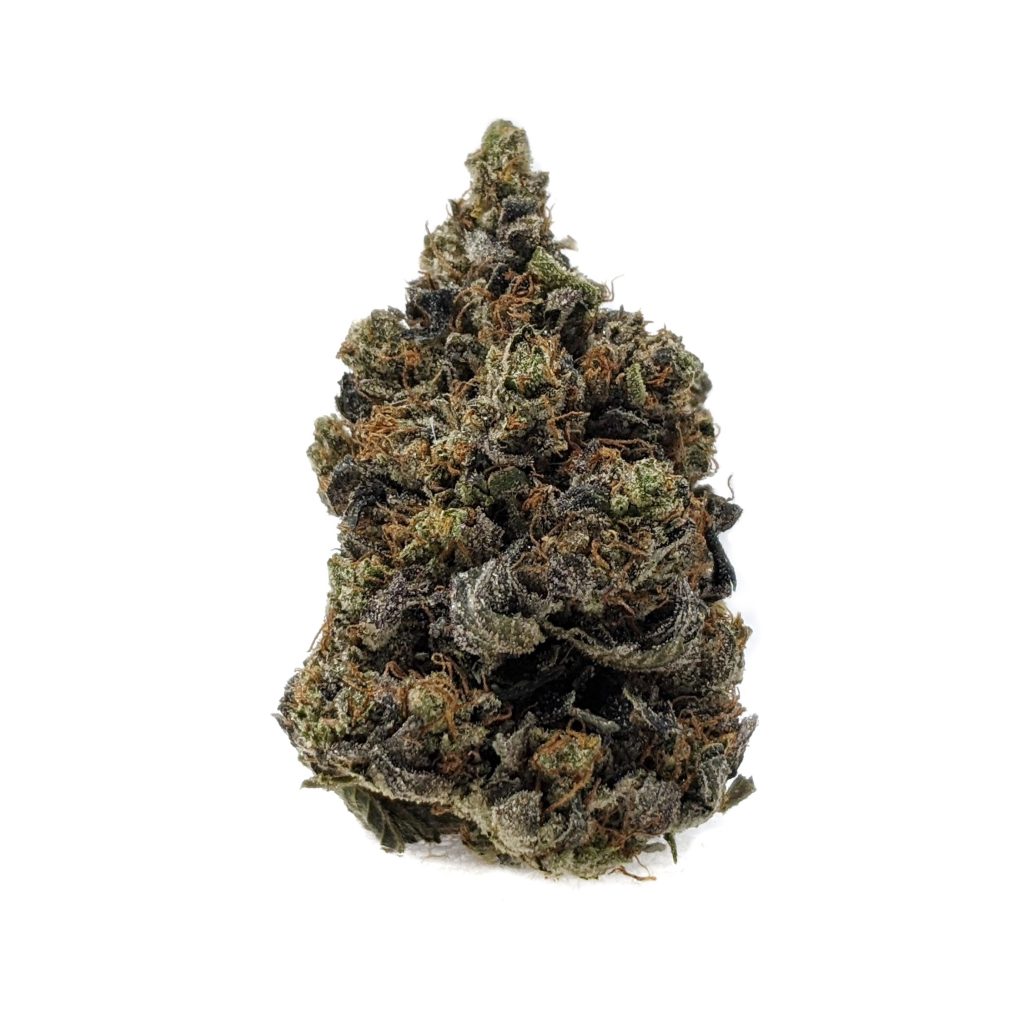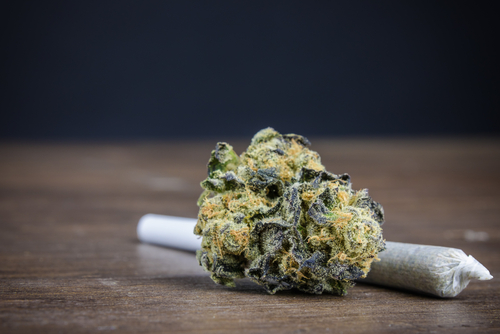Cannabis has attracted a huge audience globally for a huge part of humanity’s history. From ancient civilizations to the founders of the United States, weed has been enjoyed by many, even with its rocky public appearance over the 20th century. Luckily, more and more states around the world are becoming better educated and now the cannabis industry is one of the fastest growing consumer industries in the world.
With this newfound legitimacy, the industry has started to take Amsterdam’s commercialisation to a whole new, American level of capitalism. Weed stores can be found all over northern America with hundreds of strains available in any one store, but if you’re like me, you’re only looking for the best grass to smoke, commonly known as “top shelf”.
What is top shelf?
Top shelf has been a common industry term for many years now, but it took a while to permeate the English-speaking cannabis world due to the rampant lack of commercialisation. In layman’s terms, top shelf simply means the best on offer.
The term originally came from liquor stores, where the alcohol with the best packaging and highest price tag would be stored on the top shelf, usually behind the counter, to gain the most visibility possible.
These days “top shelf” is used to describe the best of any product, but top shelf weed is one of the most exciting uses of the term. This weed (historically known as “chronic” or “dank”) is the definition of premium flower and almost guaranteed to give the strongest and best highs out there and is usually at a quality that was unattainable by anyone other than the exceptionally rich until the plant started to become widely accepted by governments.
How to spot the best quality weed
So, you’re interested in buying a few grams of some really dank bud, but how can you know what to look out for? Sometimes the pricing structure in dispensaries can be a bit ambiguous, as well as their layout not always highlighting the higher-grade strains as higher-grade.
Looking is believing
Just having a look is very often the quickest way to determine freshly grown and well cared for top shelf weed. Although the media likes to portray dried cannabis flower as a uniformly deep green, when professionally taken care of there are actually a rainbow of colors to be delighted at, from purples to oranges and yellows to, yes, a wide variety of greens.
A specific color is not the sign of good weed, no matter what your supplier tells you. What you are looking for is depth and clarity of color. This is a sign of freshness and even the generic cannabis green can be the mark of a nice strain if it looks vibrant, lively and definitely not dull.
Much like with usual plant flowers, marijuana flowers will take on their appealing colors based on a variety of factors. A large presence of orange hairs on the flower tells you that the plant was harvested at its peak maturity, showing that the growers are working professionally. If you can see some vibrant blues and purples amongst the flower, this points towards a fruity tasting strain due to the presence of anthocyanins, a chemical found in many berries.
A kaleidoscope of color
Keep a lookout for any strain that visibly catches your eye with its color alone and you are already off to a quick start, but upon closer expectation expect to see a very dense layer of trichomes crystallised on the flower with their own, bright color.

Trichomes are the almost hairy growths on the flower which contain huge amounts of THC and will make spotting the difference between low-grade and top shelf weed a very quick process. Next, however, we will have to assess how well the plant has been dried and cured, as this can greatly effect the potency of the flower, one of the most important features of high-quality weed.
Inspect it by hand
Perhaps the most obvious for a weed connoisseur is the feel of the bud. As you will have no doubt heard, the rule is the stickier the better. A lovely sticky bud that leaves a slight residue of trichome is the absolute dream, but also make sure to assess the flower’s wetness. While the bud should feel sticky it shouldn’t feel weighty or damp, signs that it wasn’t dried correctly before curing. On the other side, it shouldn’t feel completely dry and crumbly in your hands, as this points to less fresh weed.
The smell of the marijuana
The most exciting part of this all is the smell. Once you have sniffed a few buds you will very quickly start to pick up on artificial scents that can be found on cheaper weed. Top shelf weed will fill your nasal passages with strong, natural and fresh smells such as the traditional lemon and citrus, sweet woody smells and even vanilla. If anything smells unnatural or strongly gasoline-like, stay away as it will likely have been grown with artificial fertilisers or pesticides, a downer to anyone’s high.

